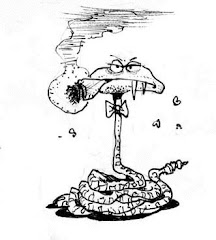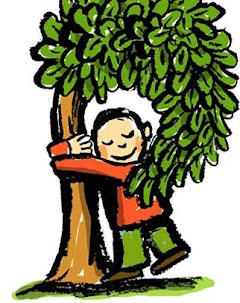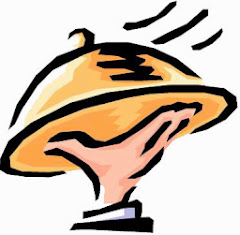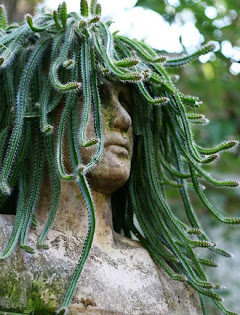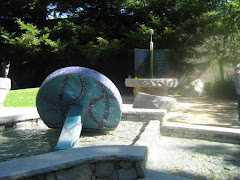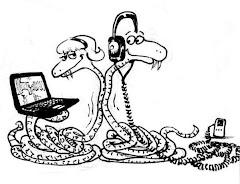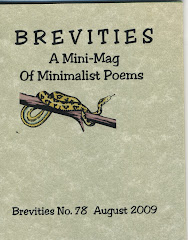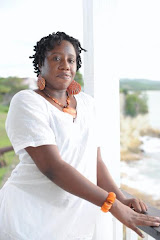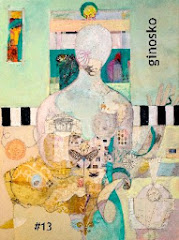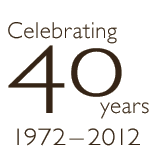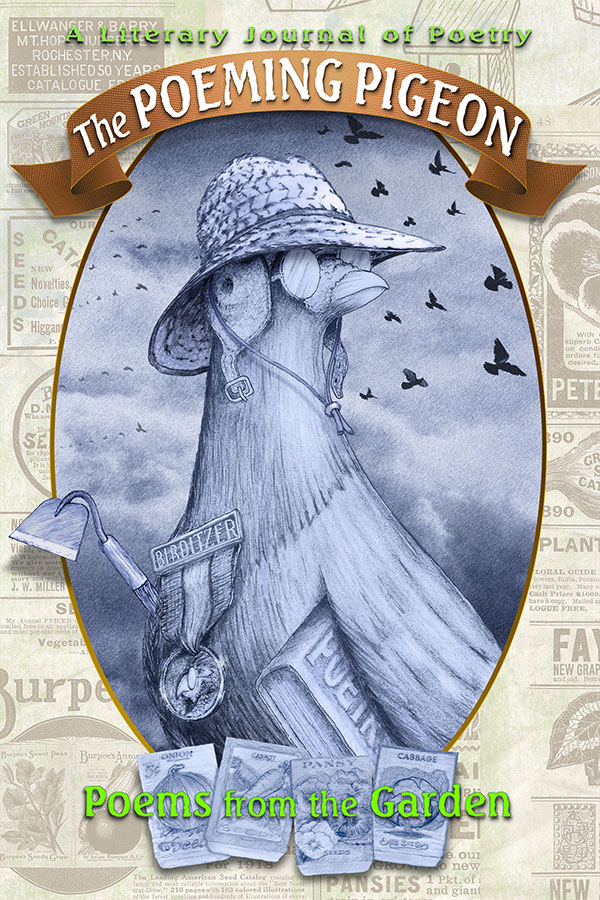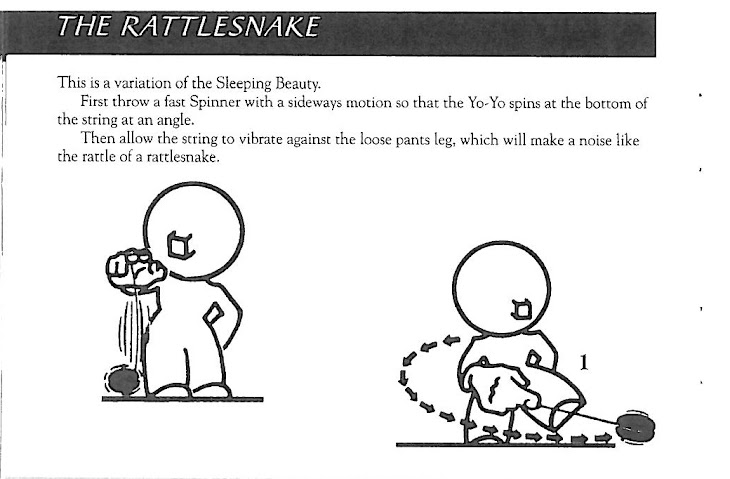NATURE MORTE
Sweating pear, wormy cabbage,
limp rabbit, moldy bread—
occasional crystal carafe, leather glove
or peach nude who will outlive the smaller creatures.
How odd the still life,
everything immobile. Predictable:
a permanence
as long as shriveled petals hold, tufts of fur remain,
fish eye clear and not milky.
Once living: perfumed Bosque, hare posing on the downs
trout on the Klamath knowing just where to spawn.
We cut up nature to reassemble traces
of our own scant memories,
paint brush creeping black dots of animal spore
into the scenario,
kaleidoscope of fin, claw,
stem, root-end dissolved to blue glass and yellow stone.
Is it our nature to rearrange clutter
like the industrious bower bird,
juxtapose contradicting images,
reorder the universe?
Alabaster woman on a pedestal
bananas bunched and overripe at her feet
nubby oranges, the clumsy rat’s
bent nails
caught in a lace shawl.
FIGURE STUDY: SUNLIGHT EFFECT. A REBUTTAL
“The sun is missing: Pissarro has kept it in his pocket.”
—Critic Jean de Nivelle, Le Soleil Art Magazine, 1882
In robin’s blue homespun,
women relax on a bright afternoon.
Peach gold discs smatter leaves
of Horse Chestnut, blond circlets scatter
across an apron’s bib.
Just off the path,
paint spatters through mesh, a swath
of globes stick to charcoal branches.
All understory,
nothing defined, edges diffused,
liquefied trees, mottled moss;
an aqua smear leaches into soft earth.
Most like plush tapestry in crushed velvet,
a gnomes garden sprinkled with wax begonias
and over large dahlias. Camille knows oxygen is here,
the greening breath, deft slice of aquarium.
THREE ABSTRACTS
After Paul Klee
Mountain
Trees just small twigs:
summits imagined from creased origami
moon caught in haze, penetrating gaze
Pyramid
Icons rest against Egyptian cotton:
glue constructs an upended paper barge
a blueprint sealed in a one-eyed circlet
Dunes
Sky a mauve wash: dunes block my view
to the sea, stitched vermillion squares
obliterate the once virgin beach
PEOPLE IN THE SUN
Edward Hopper, 1960
Along Highway #99, a business off-site,
probably near Salida or Dinuba,
this motel selected for its cheap rates.
After A.M. meetings and a generic lunch
of tomato aspic, chicken and spice cake,
they enjoy a short break on a small patio.
Eyes closed, reclining in Adirondack chairs,
they could be on the deck of a cruise ship;
but these are not resort togs,
no salt air, just the acrid breeze
from pesticide factories—
the only vista, scrub grass
and purple wrinkles on low foothills.
I recognize this small group: civic workers
clothed in suits, ties, drab browns and grays,
gabardine or polyester, serviceable we say,
made to last until retirement.
One has a red tie,
hunches forward, studies notes.
Maybe the afternoon’s keynote speaker?
Depleted by choices made,
they return to the dark
boardroom glaring with artificial light,
yet encouraged by the generosity of the sun.
RUNES
After Flowers in Stone, 1939, a painting by Paul Klee
At first glance, a structure one might see in deep grottos:
granite obelisk dotted with glyphs
fragments
V, O, X—
the archaic Y.
Studded with grape hyacinth, blue gentian,
rhubarb stonecrop
soft and translucent.
I think of recent discoveries in China’s high mountains,
oldest pollen, world’s first blossoms,
like velvet sprigs
an empress might pluck for her lapel.
And what of Klee’s incised cryptic?
I think he had fun with his mysterious code.
A future headstone?
I re-assemble fractured pieces;
they seem to form his name
No silk flowers on this grave
graced with ancient perennials
—blooms everlasting.
__________________
Today’s LittleNip(s) by Paul Klee:
A drawing is simply a line going for a walk.
* * *
One eye sees, the other feels.
* * *
Art does not reproduce what we see; rather, it makes us see.
__________________
—Medusa, with thanks to Jeanine Stevens today for her fine words and painterly images!
Photos in this column can be enlarged by clicking on them once,
then click on the X in the top right corner to come back
to Medusa.







